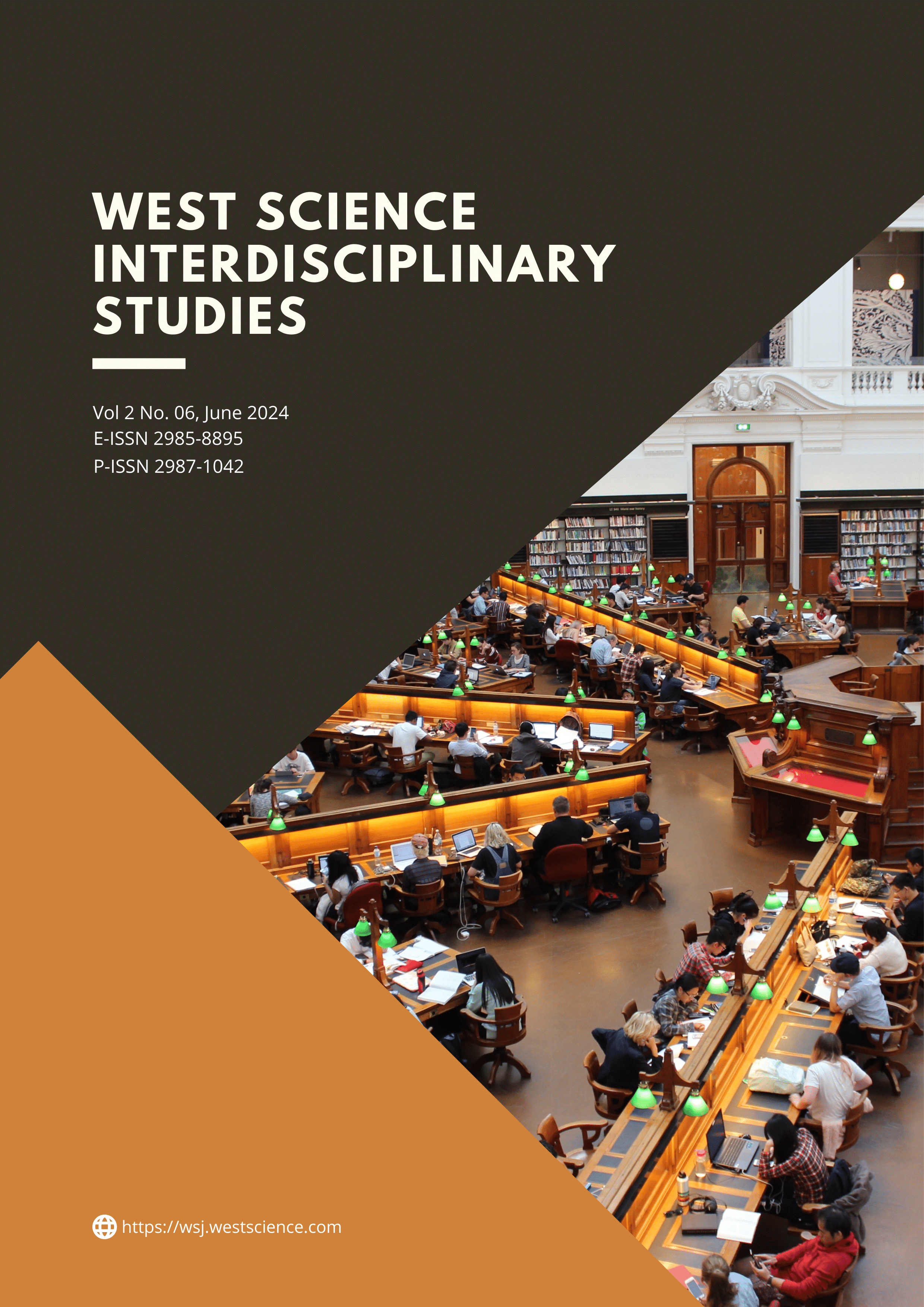Integrated Waste Management Place and Environmental Pillar Sustainable Development Goals: Solution or Threat?
DOI:
https://doi.org/10.58812/wsis.v2i06.1038Keywords:
Environmental Impact, Sustainable Development Goals, Environmental RestorationAbstract
This article discusses the issue of the Kesiman Kertalangu Integrated Waste Management Site (TPST) which has an impact on the surrounding community because the smoke produced causes disruption to people's sense of smell and even threatens public health, but basically the community is not protesting regarding the existence of the TPST but rather the impact caused by its activities. This article uses a normative legal research method, by taking a statutory approach, then the data collected will be processed using a qualitative approach and explained descriptively. The Kesiman Kertalangu TPST violates the right to a clean and healthy environment as mandated by the constitution, UUPPLH and the Sustainable Development Goal's concept. It is hoped that the government's responsibility regarding the impacts that occur will refer to article 54 UUPPLH and 82 of the Job Creation Law, then the Kertalangu TPST must have an SDG concept, especially Village SDGs, guided by Village SDG number 3, environmental restoration efforts must be made based on UUPPLH and the Job Creation Law. and carrying out sustainable waste management based on SDG's principles as well as developing technology is very necessary in solving problems by comparing it with waste management in Singapore, namely processing smoke from combustion into electrical power and scarp metal which produces high economic value.
References
F. Aini, “Pengelolaan Sampah Medis Rumah Sakit atau Limbah B3 (Bahan Beracun dan Berbahaya) di Sumatera Barat,” J. Educ. Dev., vol. 7, no. 1, p. 13, 2019.
A. S. Alisjahbana and E. Murniningtyas, Tujuan pembangunan berkelanjutan di Indonesia: konsep, target, dan strategi implementasi. Unpad Press, 2018.
I. K. Budha, P. I. Wahyuni, and P. Aryastana, “Transformasi Lingkungan dan Pengelolaan Persampahan di Kota Denpasar: Kajian Efektifitas Tempat Pengelolaan Sampah Terpadu (TPST),” J. Ilm. Telsinas Elektro, Sipil dan Tek. Inf., vol. 6, no. 2, pp. 158–172, 2023.
N. F. Herlia, “Mekanisme Teknologi Pengolahan Sampah Menjadi Sumber Energi Listrik Terbarukan,” J. Technopreneur, vol. 10, no. 2, pp. 10–16, 2022.
Y. Hesti, “Upaya Penanganan Limbah B3 Dan Sampah Rumah Tangga Dalam Mengatasi Pandemi Corona Sesuai Dengan Surat Edaran No. Se. 2/Menlhk/Pslb3/Plb. 3/3/2020tentang Pengelolaan Limbah Infeksius (Limbah B3) Dan Sampah Rumah Tangga Dari Penanganan Corona Virus Disease,” J Pro Justitia, vol. 1, no. 2, 2020.
E. Khairina, E. P. Purnomo, and A. D. Malawani, “Sustainable Development Goals: Kebijakan Berwawasan Lingkungan Guna Menjaga Ketahanan Lingkungan Di Kabupaten Bantul Daerah Istimewa Yogyakarta,” J. Ketahanan Nas., vol. 26, no. 2, pp. 155–181, 2020.
N. Pertiwi, “Implementasi Sustainable Development di Indonesia.” Global Research and Consulting Institute (GlobalRCI), 2017.
A. A. Purba, “Urgensi Pengetatan Baku Mutu Udara Ambien Indonesia (Studi Kasus Gugatan Pemulihan Udara DKI Jakarta),” Padjadjaran Law Rev., vol. 8, no. 1, pp. 11–99, 2020.
S. S. Rangkuti, “Hukum Lingkungan dan Kebijakan Lingkungan Nasonal Edisi Keempat,” Surabaya Airlangga Univ. Press Kampus C, 2015.
A. F. Rahmawati and F. D. Syamsu, “Analisis pengelolaan sampah berkelanjutan pada wilayah perkotaan di indonesia,” J. Binagogik, vol. 8, no. 1, pp. 1–12, 2021.
M. Rahim, “Strategi pengelolaan sampah berkelanjutan,” J. Sipil Sains, vol. 10, no. 1, 2020.
I. M. A. Utama and I. N. Suharta, “The challenges of water pollution: Enforcement of water pollution control,” Hasanuddin Law Rev., vol. 4, no. 1, pp. 81–87, 2018.
D. Tulenan, “Proses Penyelesaian Sengketa Tindakan Pencemaran dan Perusakan Lingkungan Hidup Menurut Undang-undang Nomor 32 Tahun 2009,” Lex Soc., vol. 1, no. 3, 2013.
Y. Widowaty and E. Heriyani, “Optimalisasi Pemanfaatan Sampah Menjadi Nilai Ekonomis dan Dampaknya dalam Mengurangi Pencemaran Lingkungan,” in Prosiding Seminar Nasional Program Pengabdian Masyarakat, 2022.
Downloads
Published
How to Cite
Issue
Section
License
Copyright (c) 2024 Gde Putra Mahendra Junior, I Nyoman Bagiastra, Kadek Julia Mahadewi

This work is licensed under a Creative Commons Attribution-ShareAlike 4.0 International License.





















 Instagram
Instagram 